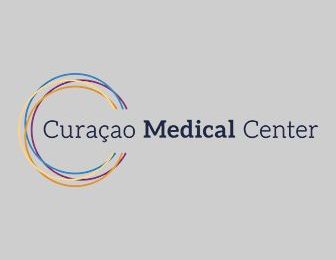Overview
It often happens that the skin around the upper eyelids stretches so much that it hangs over the eyes (blefarochalasis). This can cause problems when seeing. A common complaint of patients is also that they feel that they look so tired or old, have tired eyes or get headaches. Blefarochalasis of the upper eyelids is a consequence of the slackening of the skin above the eye. Sometimes this goes hand in hand with the bulging of adipose tissue in the eye socket, pushing the skin forward and causing folds or showing a bulge above the eye. Sagging of the skin of the upper eyelid can be corrected with the help of plastic surgery. This is also called blepharoplasty.
Preparation
If you are taking blood-thinning medications (e.g. marcoumar, sintrom(itis), aspirin, clopidogrel) you should report this during the conversation. The use of these drugs should be discontinued 1 week before the procedure.
If you are under treatment elsewhere or are allergic to a certain substance or medicine, you must also report this.
You should not apply a cream to the eyelids and face on the day of surgery.
Procedure
Correction of the upper eyelids is done on an outpatient basis under local anesthesia and exceptionally under general anesthesia.
During the operation, the plastic surgeon will first sign off the skin part that needs to be removed. After that, after anesthesia, a cut is made in the fold of the upper eyelid. The excess skin, whether or not combined with excess adipose tissue, can now be removed. Most of the scar will lie in the natural fold (arcade arch) of the upper eyelid. Such a scar is barely visible.
After the operation
After an eyelid correction, the treated eyelids may be thick, blue and swollen. However, it almost never happens that this is so serious that you can no longer see anything. It is also possible that you cannot open or close your eyes completely for the first time after the operation. No bandages are applied, so that washing and showering remains possible. Plasters are applied to the ends of the sutures that you must leave on for 1 week. It is advisable to avoid lifting, bending or pressing for the first few days.
It may be that your treated doctor advises you to cool the eyelids at home especially for the first 3 days with the cooling mask that you can purchase in advance. Instead of the cooling mask, you can also put bags with frozen peas ready in the freezer (use a mesh between the skin and the bags!!) to cool. It is also wise to take a rest these days. The pain and swelling are thus counteracted. A painkiller is usually not necessary.
After 1 week, the sutures are removed at the outpatient clinic. You will receive an appointment for this. After this, the scar can possibly be carefully smeared with a scar ointment or cream. Due to scar reaction, the eyelid can start to pull or feel tight. As long as the scars are red, it is advisable to protect them with sunglasses or a sunblock. You may also suffer from numbness of the eyelids (eyelashes) or some fluid accumulation around the eyes. Over time, these complaints disappear on their own. Your upper eyelids are completely healed after about 6 months.


Risks and complications
Sometimes, with a correction of the upper eyelids, a more than normal blood leak occurs afterwards. This is usually not serious, but it takes longer for the eyelids to look normal again. Bruises can also occur.
A very rare complication is blindness. This is a complication that occurs very rarely. If you notice that you see less after the operation, you should contact us immediately
take with the hospital where this can be properly remedied without permanent damage.
Compensation
The costs of an upper eyelid correction are usually reimbursed in the basic insurance if there is a medical indication. The excess skin of the upper eyelids must then rest at least on the eyelashes and / or cause visual field limitation.
If there are no medical reasons for the operation, the costs are at your own expense.
Justification text
This text is intended to complement the conversation with your doctor. The general information cannot always do justice to each individual situation. If you have any questions after reading this information, the plastic surgeon will be happy to discuss them with you during the consultation hour. It can be useful to put your questions on paper in advance.


